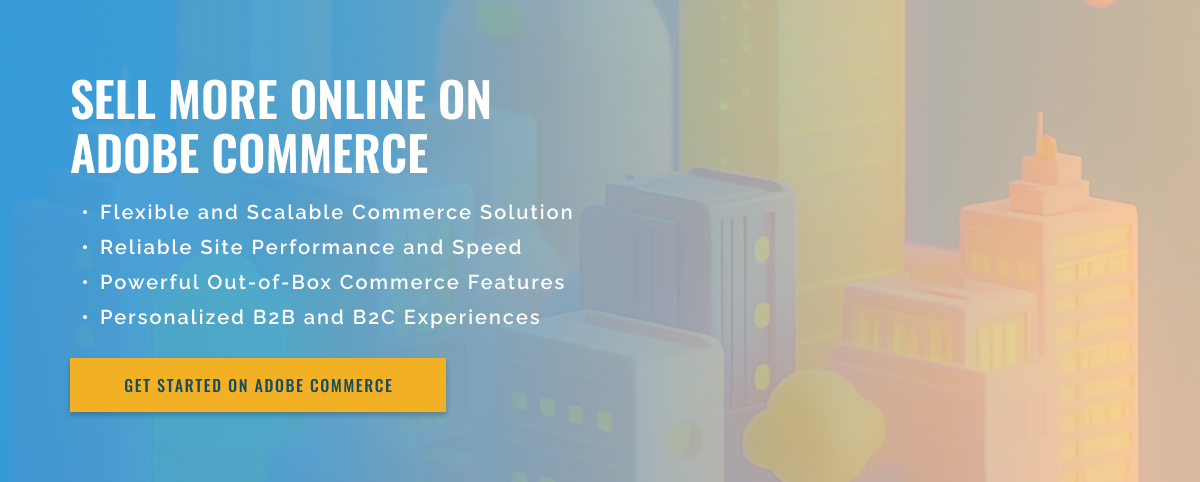3 minute read
Adobe’s Game-Changing Shift to SaaS: Impact on Business Models
The rise of Software as a Service (SaaS) has changed the way companies do business in recent years. This new model of software delivery is being adopted by numerous industries, bringing with it many benefits and revolutionizing traditional business models. One of the key players in this shift is Adobe, a company known for its popular Creative Suite software.
Let’s take a closer look at how Adobe’s move to SaaS has changed business models across industries.
First, let’s define what SaaS actually is. SaaS is a method of software delivery in which applications are centrally hosted and made available to customers over the Internet. This means that users do not have to buy the software and install it on each individual computer, but can access it from any device with Internet access. A good example of this is Adobe’s Creative Suite, now known as Adobe Creative Cloud.
With this shift, Adobe has moved from a one-time upfront payment model to a subscription-based model where customers pay a monthly or annual fee to access the software.
How has this shift to SaaS changed business models across industries? First of all, it has created more predictable and stable revenue streams for companies. In the traditional model, companies relied on one-time purchases or expensive upgrades to generate revenue. However, with SaaS, companies can count on a steady stream of recurring payments from their customers, resulting in more stable and predictable cash flow. This has allowed companies to be more strategic in their financial planning and make long-term investments with confidence.
Additionally, SaaS has given companies the opportunity to expand and enter new markets. With traditional software, companies were limited by the physical distribution and installation processes. However, with SaaS, companies can quickly and easily scale their offerings to reach a global audience. This has proven particularly beneficial for smaller companies that may not have previously had the resources to enter new markets.
SaaS has also shifted the focus on customer satisfaction and retention. With the subscription model, companies need to ensure that customers are happy and continually renew their contracts. This has led to increased investment in product development and customer support, ultimately resulting in a better overall user experience.
Finally, the move to SaaS also brought changes in pricing models. With traditional software, customers paid for the software once and then often had to pay for expensive upgrades. SaaS, on the other hand, offers a more flexible and customizable pricing structure where customers can choose the features and services they want.

